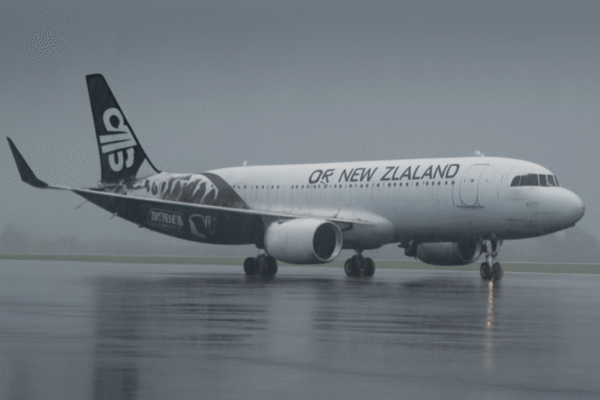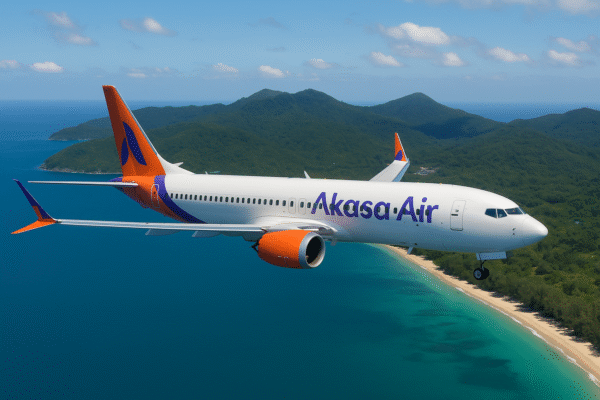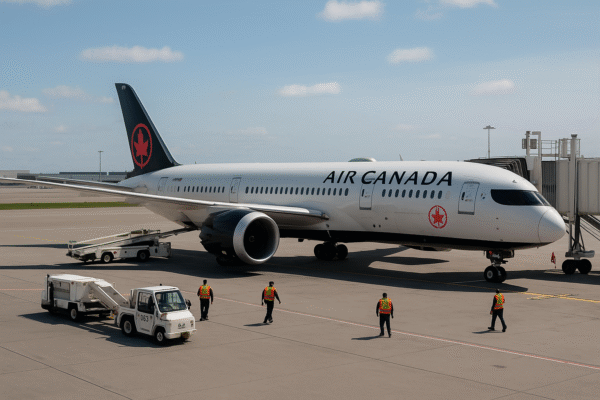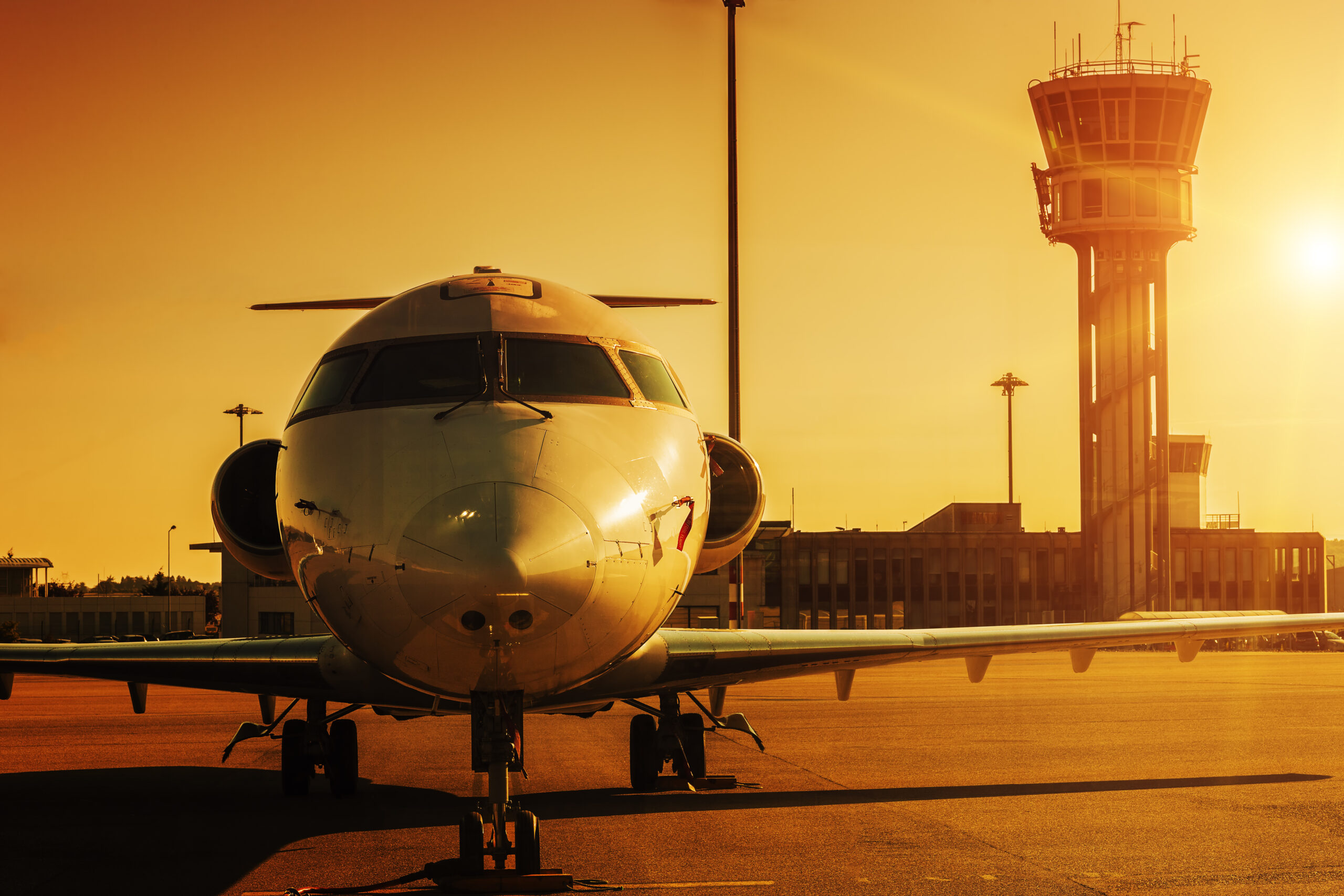The Civil Aviation Authority (CAA) of Oman has announced a landmark achievement for 2024, posting revenue of OMR 105 million (approx. USD 272 million). The announcement, made during its annual media briefing in Muscat, reflects the CAA’s robust operational growth, its focus on global aviation safety, and ongoing investments in infrastructure and digital transformation.
Presided over by H.E. Dr. Abdullah Nasser al Harrasi, Minister of Information, the event was attended by senior officials, stakeholders, and industry leaders. The financial results highlight Oman’s emergence as a regional aviation powerhouse and a globally respected regulator committed to safety and efficiency.
Oman Ranks Fifth Globally in Aviation Safety Implementation
One of the standout achievements of 2024 is Oman’s impressive global ranking in aviation safety. The Sultanate recorded a 95.95% compliance rate with international aviation safety standards, securing fifth place worldwide in effective implementation.
This milestone is attributed to the CAA’s rigorous regulatory framework and proactive oversight. It reflects the success of multiple initiatives, including infrastructure upgrades, international collaborations, and strict adherence to International Civil Aviation Organization (ICAO) protocols.
A major step in this journey was the activation of the southern runway at Muscat International Airport, which has significantly enhanced airport capacity and air traffic management efficiency.
Enhancing Global Air Connectivity Through Bilateral Agreements
To reinforce Oman’s role in international aviation, the CAA signed nine new air transport agreements in 2024. These agreements aim to strengthen Oman’s connectivity with global markets, boosting inbound tourism and business travel.
The authority also granted permits to 19 new foreign airlines, increasing route diversity and offering more direct and connecting options for passengers. As a result, passenger traffic rose by 2% year-on-year, with over 120,000 flights recorded in 2024.
Additionally, Oman’s airspace witnessed over 540,300 aircraft movements, a 14% increase from the previous year. Cargo traffic also thrived, with volumes exceeding 150,000 tonnes, underscoring the growing role of Oman as a logistics and freight hub.
Digital Transformation Drives Operational Excellence
In a bid to modernize its services, the CAA undertook a wide-ranging digital transformation initiative in 2024. More than 113 e-services were redesigned to improve accessibility and user experience for aviation professionals, passengers, and stakeholders.
The authority also launched a new document management system and achieved information security certification, enhancing its cybersecurity posture and ensuring safe handling of sensitive aviation data.
In a significant technological leap, the CAA introduced a revamped digital platform for Oman Meteorology, offering real-time weather updates that support safer flight operations and better decision-making across the aviation ecosystem.
Infrastructure Upgrades Boost Regional Capacity
The Civil Aviation Authority continued to invest in aviation infrastructure to meet rising demand. In 2024, a new air navigation radar was installed in Jalan Bani Bu Ali, enhancing surveillance and safety coverage over Oman’s national airspace.
Operational manuals were activated at both Duqm and Marmul airports, paving the way for expanded regional connectivity and smoother operational standards. These developments are essential as air traffic increases across secondary cities and economic zones.
The CAA also announced plans for a new aircraft hangar at Muscat International Airport, expected to be inaugurated by the end of 2025. This facility will support maintenance, repair, and overhaul (MRO) services, positioning Oman as a regional aviation service center.
Passenger Rights and Drone Regulations Reinforced
In line with international standards, the CAA implemented new regulations to protect passenger rights in 2024. The policies aim to provide greater transparency, faster resolutions in cases of delays or cancellations, and stronger support mechanisms for air travelers.
The authority also revised its drone licensing framework, introducing updated guidelines for registration, airspace integration, and safety compliance. These changes ensure drones are operated safely in Omani airspace while encouraging innovation in emerging aerial technologies.
Forward-Looking Projects: Musandam and Sohar Airports
Looking ahead, Oman is taking bold steps to expand its aviation infrastructure with two major projects:
- Musandam Airport: Design work is nearly complete, with construction expected to begin in early 2025. This airport will serve the northernmost region of Oman, improving connectivity and supporting tourism development.
- Sohar Airport: A tender will soon be released for a new passenger terminal, which will accommodate growing regional air travel demand and enhance accessibility to the Batinah region.
Both developments are integral to Oman’s broader strategy to decentralize aviation growth and stimulate regional economies.
A Bright Horizon for Oman’s Aviation Sector
The achievements of Oman’s Civil Aviation Authority in 2024 signal a new era of growth, resilience, and global integration. Through robust policy implementation, technological innovation, and strategic infrastructure investments, Oman is solidifying its status as a key aviation hub in the Middle East.
H.E. Eng. Naif Ali al Abri, Chairman of the CAA, stated:
“This year’s achievements reflect Oman’s unwavering commitment to aviation safety and international standards. The sector is a cornerstone of national development and a vital link to the global economy.”
With aviation serving as a pillar of Oman Vision 2040, the Sultanate is well-positioned to offer seamless air travel, sustainable growth, and enhanced global connectivity in the years ahead. As the skies over Oman grow busier, so too does the promise of a dynamic and secure future for civil aviation in the region.
For more travel news like this, keep reading Global Travel Wire



















